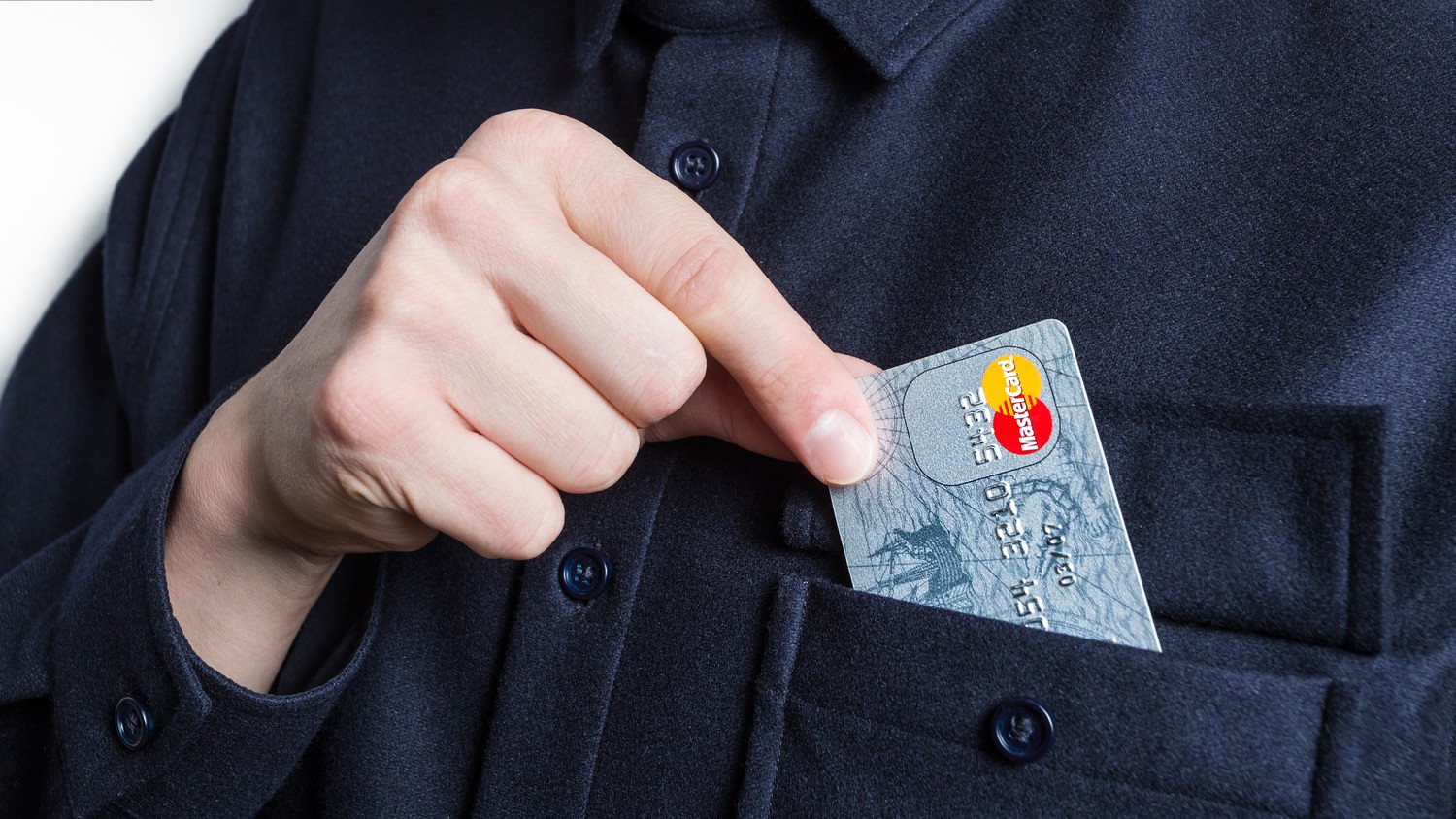- Jun 23, 2019
- 17,049
- 14,815
Nope. Not true.Inflation still isn’t letting up, and it’s a top concern for Americans right now. But we just learned of yet another way surging prices are hurting families—leading them into huge amounts of credit card debt.
The Government is Causing a Credit Card Debt Crisis
Credit card debt is nothing to sneeze at. Because of the way it’s structured, it can quickly become exorbitantly expensive.catalyst.independent.org
“More Americans are racking up credit card debt as inflation pushes up the cost of food, utilities and other staples,” CBS News reports. “60% of credit card holders have been carrying balances on their cards for at least a year, up 10% from 2021.”
“59% of Americans who earn less than $50,000 a year carry a credit card balance from month to month,” the reporting notes. “The percentage drops slightly to 49% for those who earn between $50,000 and $80,000 and dips again to 46% for people making $80,000 to $100,000 a year.”
This is a serious problem for many families.


